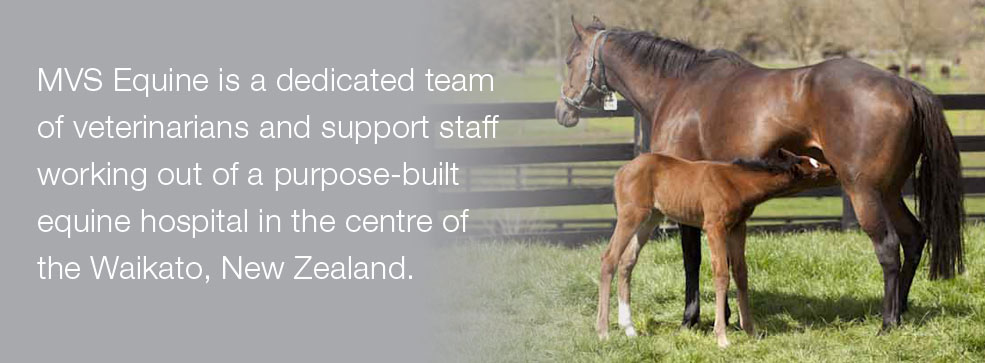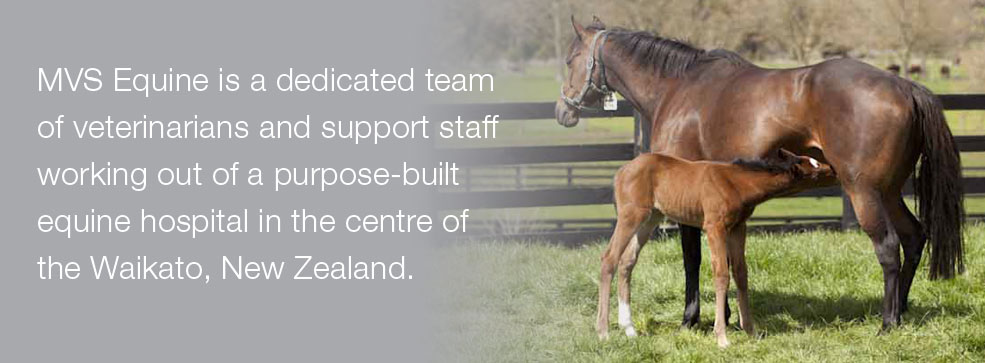April 11, 2018
Patella luxation occurs when the patella (knee cap) is dislocated from its normal position in the groove of the lower femur (thigh bone). When the patella is dislocated it can only be returned to its normal position once the quadriceps muscles in the hind legs of the animal relax and lengthen. While the patella is dislocated the dog can’t use the leg so it will hold its leg up and will be lame.
There are varying degrees of severity of patella luxation, with degeneration occurring over time. In some dogs the luxation and damage to the joint progresses so much that the patella is dislocated all the time and the limb becomes a constant source of pain and lameness. This can require surgery to treat.
Patella luxation is one of the most prevalent knee joint abnormalities in dogs. The condition is most common in toy and miniature dog breeds
The overwhelming majority of patella luxation is congenital and is certainly hereditary, although a mode of inheritance has not been described as yet.
Testing Requirements:
- Can be preformed on a conscious dog
- The dog must be a over a year old
- The dog must have a microchip
- Ideally is repeated annually while the dog is in a breeding programme
- A certificate is given to record the grade for each leg.
For bookings or further questions please don’t hesitate to contact us on 07 888 8197




